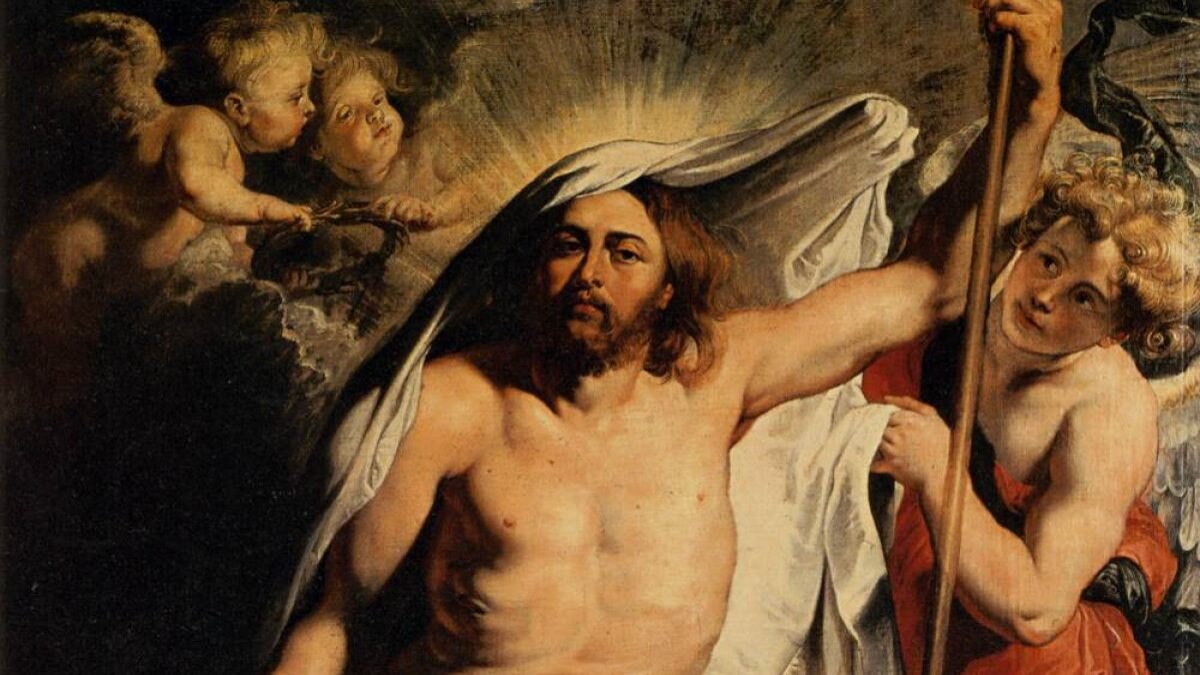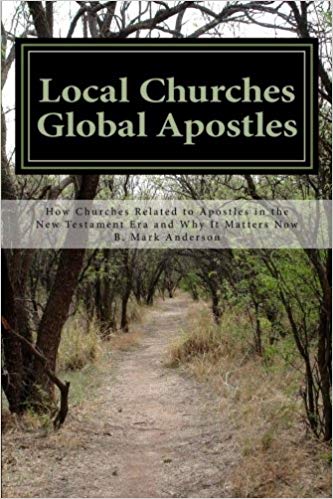This Truth is a Big Reason Why I Follow Jesus:
Jesus Christ’s Resurrection Is Probably The Best-Documented Historical Event Ever
During my college days I considered giving up Christianity. But wait. . . I determined that if Jesus Christ really rose from being a dead man, I would follow him. On the other hand, if facts could not show conclusively that He rose from the dead, I would give up the whole scenario.
The following article gives many of the same facts that convinced me the historical evidence for His resurrection was overwhelming.
BY: SCOTT POWELLAPRIL 15, 20226 MIN READ

Jesus Christ’s Resurrection Is Probably The Best-Documented Historical Event Ever
There are many religions with different founders, prophets, and teachers going back thousands of years. But only one of them, Christianity, has a founder who professed to be the Messiah—the son of God—who provided irrefutable proof of who he was by conquering death through resurrection. Easter is the celebration of Christ’s resurrection.
Christ is also the only person in history who was pre-announced starting a thousand years before he was born, with 18 different prophets from the Old Testament between the tenth and the fourth centuries BC predicting his coming birth, life, and death. Hundreds of years later, the details of Christ’s birth, life, betrayal, and manner of death validated those prophecies in surprisingly accurate and minute detail. One thousand years BC, David prophetically wrote about the crucifixion of Christ at a time crucifixion was unknown as a means of execution.
Every other consequential person of history came into the world to live. The death of other religious leaders—such as Abraham, Moses, Buddha, Mohammad, and Confucius—brought an anticlimactic end to their lives and their work.
But Christ came into the world as God’s son in order to die and pay the price for man’s sin. His sacrifice was the ultimate climax of his life, done for the benefit of all mankind—opening the way to eternal life in heaven for all who believe.
Of the four major world religions built on personalities, only Christianity claims its founder is still alive, having overcome death through resurrection. No Jew ever believed that, after Abraham died and was interred, his tomb ever became empty. After Buddha died, no disciple ever claimed that he or she saw or spoke to him again.
As for Mohammed and his teachings that are the basis of Islam, there is no trace of this founder appearing to his disciples or followers after he died at age 61. His occupied tomb is located in Medina and is visited by tens of thousands of devout Muslims every year.
Christ was unique in that he gave up his life as a sacrifice to fulfill why he came into the world. Christ set the highest standard of love possible, both in his teachings and in making the ultimate sacrifice—giving his life to rescue and save mankind. Then, to provide “seeing is believing” evidence, God brought Jesus back from being dead in a tomb to being alive—resurrected—so people would have living proof of who he was.
The New Testament provides accounts from multiple sources who witnessed Jesus firsthand after the resurrection. In fact, Jesus made ten separate appearances to his disciples between the resurrection and his ascension into Heaven, over a period of 40 days. Some of those appearances were to individual disciples, some were to several disciples at the same time, and once even to 500 at one time.
Particularly noteworthy is that there were no accounts of witnesses who came forth and disputed these appearances or called it a “hoax.” Not a single one. Nor do we find any historical record of any witness accounts that were contradictory.
While there are skeptics of the biblical account of Jesus, there’s actually far more reliable historical evidence for his life, teachings, miracles, death, and resurrection than for any other historical figure of ancient times. Consider, for instance, that the authenticity of Alexander the Great, who was born some 350 years before Christ, is based on two original biographical accounts of his life by Arrian and Plutarch, which were written some 400 years after Alexander died.
The manuscripts of Virgil and Horace, both of whom lived within a generation of Christ, were written more than four centuries after their deaths. The copy of works by Livy and Tacitus on Roman history and the works of Pliny Secundus on natural history were written on average some 700 years after the time of the original account.
Yet no one doubts Virgil and Horace lived and authored great poetic masterpieces. Nor do we hear questions about the authenticity and accuracy of accounts of Livy and Tacitus in chronicling the events of the Roman Emperors Augustus, Claudius, Nero, or Tiberius.
About 1,000 times more manuscripts preserve the deeds and teaching of Jesus in the New Testament (about 25,000 total) than there are preserving other classical ancient works of historic figures who lived at approximately the same time, with the exception of Homer, whose “Iliad” is backed by 1,800 manuscripts. But that is still less than one-tenth the number of ancient manuscripts that back the authenticity of the New Testament.
We know the historical Jesus mainly through four different accounts known as the gospels—Matthew, Mark, Luke, and John—not written hundreds of years later, but within a generation or two of Jesus’s life. Apostles Matthew and John provide eyewitness accounts from their years of walking with Jesus as disciples. Mark also had eyewitness experience, although he was only a teenager when Jesus began his public ministry. Luke, the doctor, learned about Jesus from his friend Paul, the apostle who wrote the most letters in the New Testament.
Because of their experience with the resurrected Jesus, the apostles were in a unique position, knowing with certainty that Jesus was truly the Son of God. They had been present for the life, ministry, miracles, and death of Jesus. If the claims about Jesus were a lie, the apostles would have known it. That’s why their commitment to their testimony was so powerful and compelling.
Additionally, the apostles’ willingness to die for their claims has tremendous evidential value, also confirming the truth of the resurrection. No one will die for something he invented or believes to be false.
Seeing, talking to, and touching the risen Jesus transformed the apostles, who then committed the rest of their lives to educate and advocate for the truth about the message of salvation through Christ. With the exception of John, who died exiled on the island of Patmos for his testimony of Jesus, the other 11 apostles—including Matthias who replaced Judas, the betrayer of Jesus—died as martyrs for their beliefs in the divinity of Christ.
It turns out that Easter, which has its ultimate meaning in the resurrection, is one of ancient history’s most carefully scrutinized and best-attested events. The resurrection is real, and changes everything. Easter is the commemoration and celebration of the single event that transformed the world forever.
Scott S. Powell is senior fellow at Discovery Institute. This article is a vignette adapted from his acclaimed book, “Rediscovering America,” now Amazon’s No. 1 new release in the history genre. Reach him at scottp@discovery.org
Publisher’s note: Do you know a thinking person not yet following Jesus? If he were to see this post, would it help him investigate further?






bpgd8d
7g61ux
0lxu30